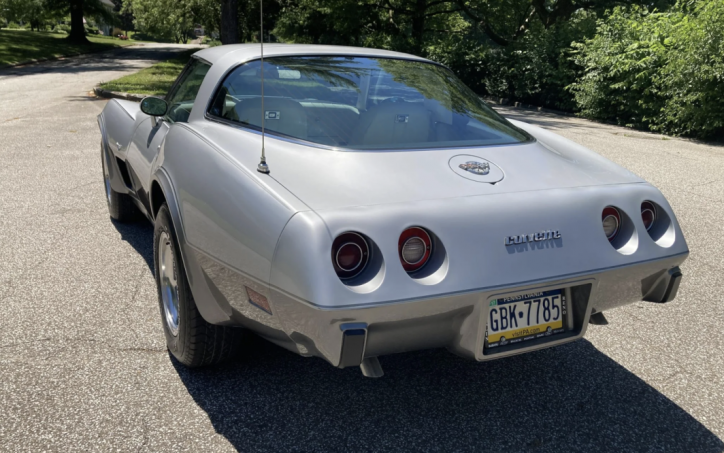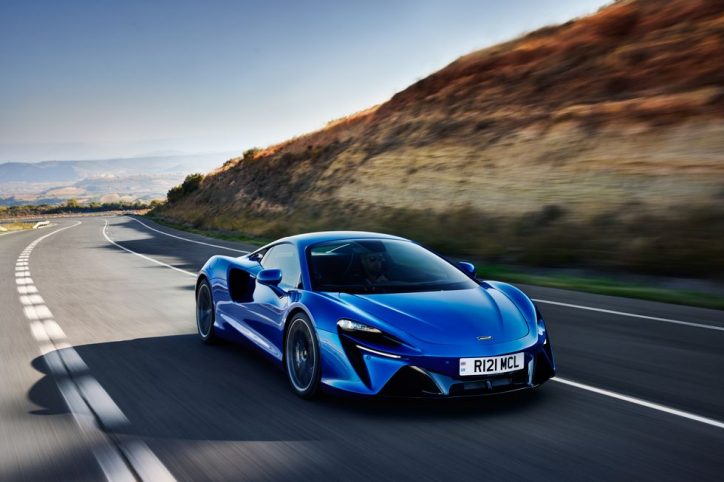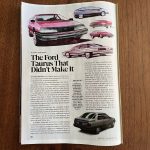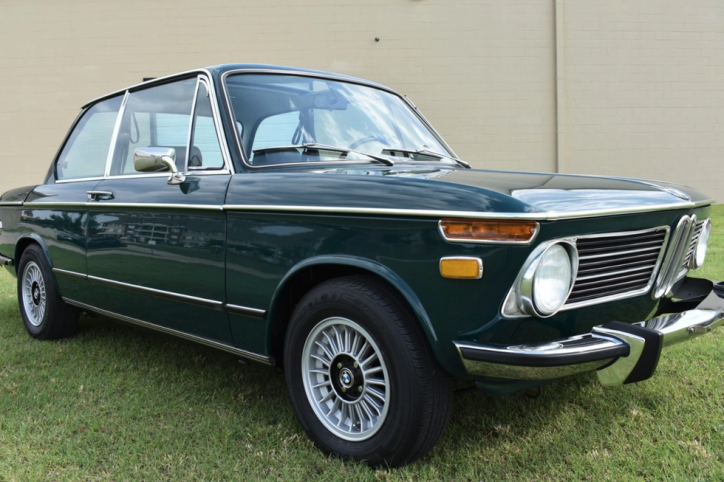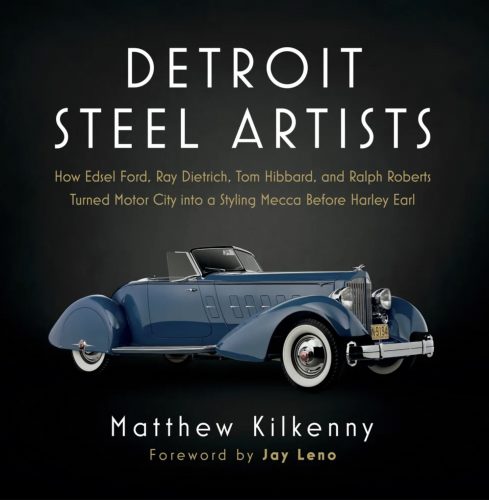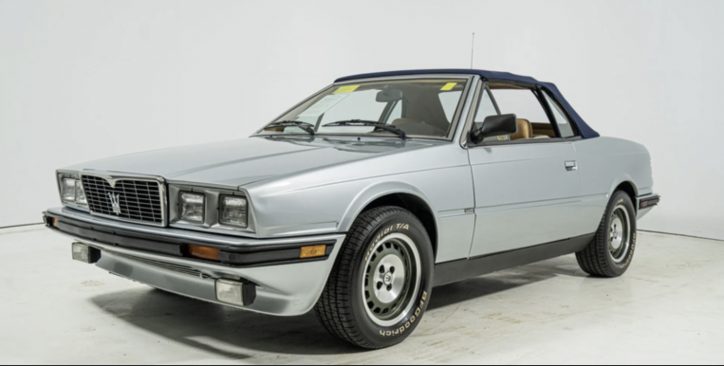One day, I will own a C3 Corvette, and hopefully it will be like this one.
Missing Lynk
Whatever happened to Lynk & Co, the promising EV startup?
McLaren Fiddles, Spain Burns
McLaren continues to impress us with its capacity for finding its own solutions and its willingness to attempt novel recipes, even if they’re delivered 85 percent cooked and slightly goopy in the middle. Better that, we suppose, than burned to a fiery crisp like a Spanish hillside.
Alternate Universe
The first installment of my new ongoing Car and Driver column on alternate versions of cars that could have changed the course of automotive history. This initial entry is on the 1985 Ford Taurus Hatchback.
Click on the thumbnail above (and then click again) to view a crappy scan, or just buy the magazine on the newsstand, you chintzy bitch.
BaT Pick of the Day
A better-than-ever replacement for my long lost BMW 2002.
Secrets of the Barn Find Hunter
Tom Cotter has written a dozen books about cars he’s found in barns. To what does he attribute the longevity and durability of this series? “I think it’s an adult version of treasure hunting.
Detroit Steel Artists
Exploring the pioneers of automotive styling, in the Motor City, before Harley Earl.
RoadMonster!
Bring a Trailer Pick of the Day
Nostalgia is a potent elixir. This is particularly true in vintage-car purchases, where each generation, upon reaching middle age, becomes distanced enough from the horrors of their youth, and endowed with more than enough gelt to sustain themselves on ramen and Gallo, to be ensnared by splendidly horrible vehicles that were impossibly out of reach as new.
Barbara Kruger Sloganizes a Hyundai
“By adopting sites that are used predominantly for advertising, Kruger challenges the viewer’s expectations and creates a powerful art experience.”
